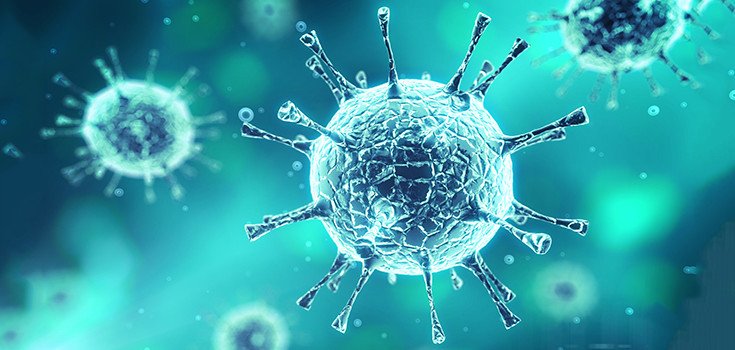Reawakened Ancient Retrovirus in DNA may be Behind ALS Cases

An ancient virus that has laid dormant in our DNA for what researchers say is millions of years may be springing to life and causing amyotrophic lateral sclerosis (remember the ice bucket challenge), researchers announced Thursday.
Researchers say the HERV-K virus became a permanent part of the human genome some 2-5 million years ago. HERV-K is a human endogenous retrovirus that injects its own genetic material into cells, where they sometimes stay forever.
These retroviruses get passed on from generation to generation, just like the genetic traits that determine our eye or hair color. According to scientists, about 8% of the human genome is made up of viruses. Sometimes the viruses cause cancer or other diseases, but they normally just sit there, undetected. (Though a new test claims to detect virtually any virus.) HERV-K is believed to be one cause of breast cancer.
Scientists believe HERV-K could be “reawakening” in patients, causing ALS, a disease that robs patients of the ability to walk, talk, eat, and eventually breathe. There is no accepted cure for ALS, also known as Lou Gehrig’s disease. [1]
The National Institutes of Health study is the brainchild of Dr. Avindra Dr. Nath, a former AIDS researcher who found that anti-HIV drugs could successfully help AIDS patients suffering with an ALS-like syndrome.
Dr. Nath decided to organize the study when he learned that some patients with ALS showed evidence of retrovirus activity in their blood.
When Dr. Nath and his team examined ALS patients, they found that elevated HERV-K levels in brain samples taken from some of the patients. Additional tests proved that the retrovirus had come alive in those individuals. Additionally, activated HERV-K genes were observed to kill healthy human neurons grown in petri dishes.
“The virus was expressed in cortical and spinal neurons of ALS patients, but not in neurons from control healthy individuals,” they wrote in their report, published in Science Translational Medicine.
Dr. Nath and his colleagues genetically modified mice to so that their neurons activated the gene and found that the mice died sooner than normal and struggled to walk and maintain their balance (unfortunate, I know). Their mobility worsened as the mice aged.
When the team examined the mice’s brains, spinal cords, and muscles, they discovered that only motor neurons – the cells that control movement and die in ALS – were damaged. Cells in other parts of the nervous system were untouched.
“We showed that motor neurons may be susceptible to activation of these genes during ALS,” said Dr. Nath. [2]
It’s not clear what activates the genes, but physical trauma and exposure to certain chemicals have been linked to ALS.
Now, the scientists want to recruit patients with ALS who also show HERV-K activity to find out if HIV drugs reduce the gene activity. We’ll never be able to remove the retrovirus from human genes, but HIV drugs may be able to help treat people who have ALS until a better, accepted solution is found.
Sources:
[1] NBC News
